ICE, Hybrid and BEV: Then And Now
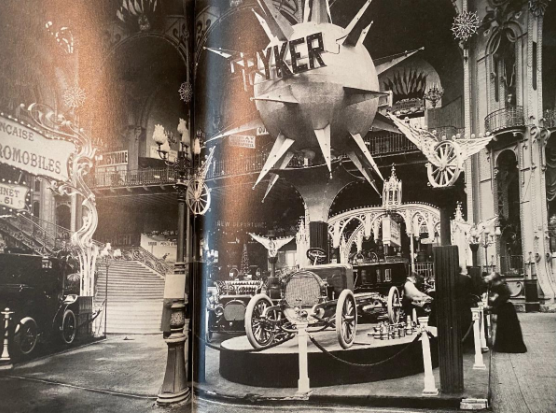
If you asked most people when the first gasoline-electric hybrid automobiles became available, they would probably point to the original Toyota Prius and Honda Insight of 2000. They would be off by about 100 years! Neither electric motors or combustion engines, or the way they can be combined, has really changed that much in the last 120 years.
Most governments today are hoping for an even mix of combustion engine vehicles and BEVs sold by 2030 or earlier. They would be very happy with the mix that existed at the beginning of the 20th century: American car production in the year 1900 numbered 1,575 electric cars and 936 gasoline-powered cars (and 1,681 steam-powered).
Here are examples of three cars from the period 1900-1905 that set the template for our automotive options today:
ELECTRIC VEHICLE: 1900 Lohner-Porsche Electric Racing Car
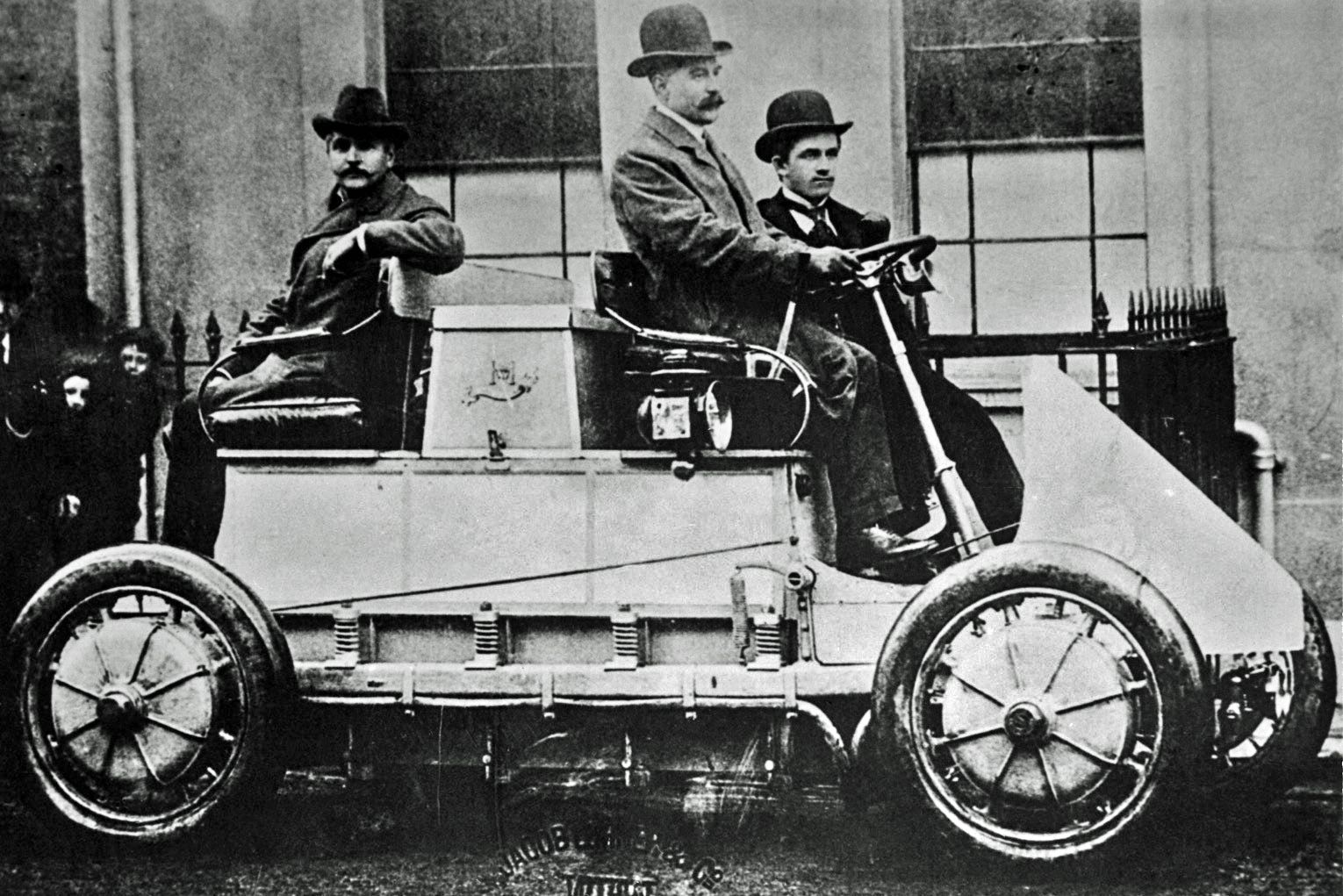
The Lohner-Porsche pictured above features four hub-mounted wheel motors giving all wheel drive. The occupants are sitting on a large battery pack that was suspended from the chassis with coil springs to protect its fragile electric cells. This was one of Porsche's first racers, but with a weight of over four tons it was too heavy for the pneumatic tires of the day.
This 4-motor Lohner-Porsche is credited as the first AWD automobile. There is a parallel with today's Rivian and Rimac EVs, which also feature one motor per wheel. This is perhaps the ultimate EV spec as it gives individual throttle and braking control for each wheel, yielding the most advanced versions of torque vectoring. Porsche is testing this arrangement with its Macan EV prototypes today.
HYBRID VEHICLE: 1900 Lohner-Porsche 'Semper Vivius'

To reduce the weight, and strain on the tires, Porsche came up with the idea to carry a smaller battery combined with a 'portable generator'. Twin de Dion engines turned generators to charge a battery which fed electricity to the front wheel-mounted motors. This was given the name, 'Semper Vivius' or 'Always Alive'. This was one of the first hybrids on record.
For 1901 Porsche switched the de Dion engines for a more powerful 5.5 Litre Daimler power plant and did away with the battery pack all together. The Gasoline engine turned a generator which fed the electric motors directly. This version of the gas-electric Hybrid was known as the 'Mixte'. This design would be later licensed to Mercedes and would remain in production until 1915.
ICE VEHICLE: 1903 Spyker PK
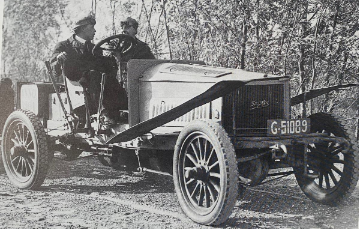
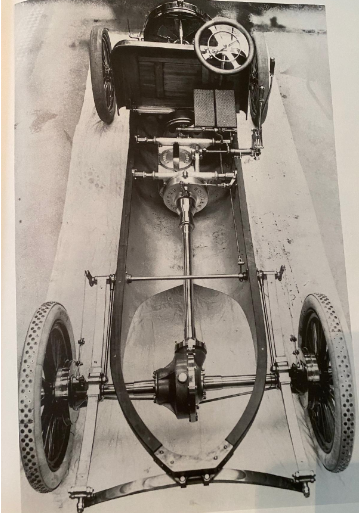
The 1903 Spyker PK Series passenger and racing cars were the first automobiles to feature 6 cylinder engines and the first to feature 4WD coupled to a combustion engine. The arrangement of the engine, gearbox, transfer case and differentials is no different than on many of today's AWD vehicles.
Consumers, then as now, have their choice of ICE, Hybrid or BEV as well as 2WD or AWD. Each of them still have the same advantages and disadvantages today as they did 120 years ago. Electric cars make far superior city cars (in my opinion), ICE are much better suited to longer trips, and Hybrids remain a good compromise if one car needs to do everything.
Lawrence Romanosky, Calgary, Canada
Lromanosky@me.com, 403-607-8625

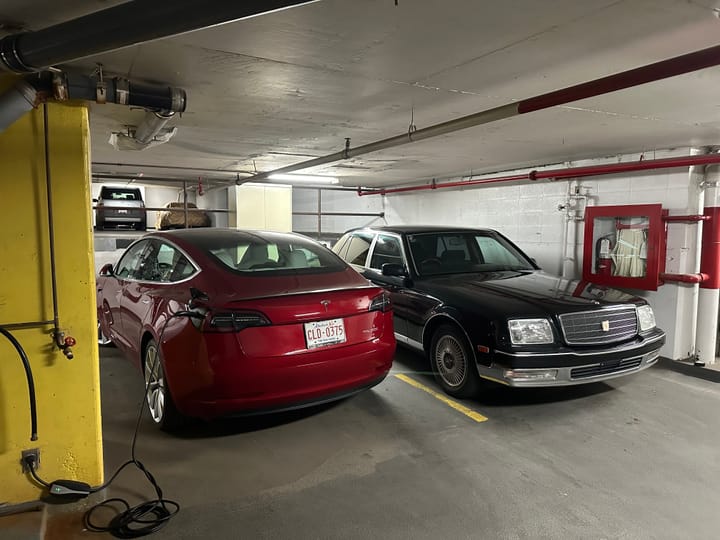
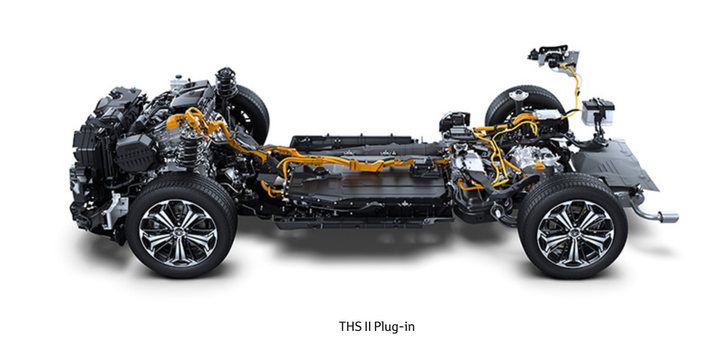
Comments ()